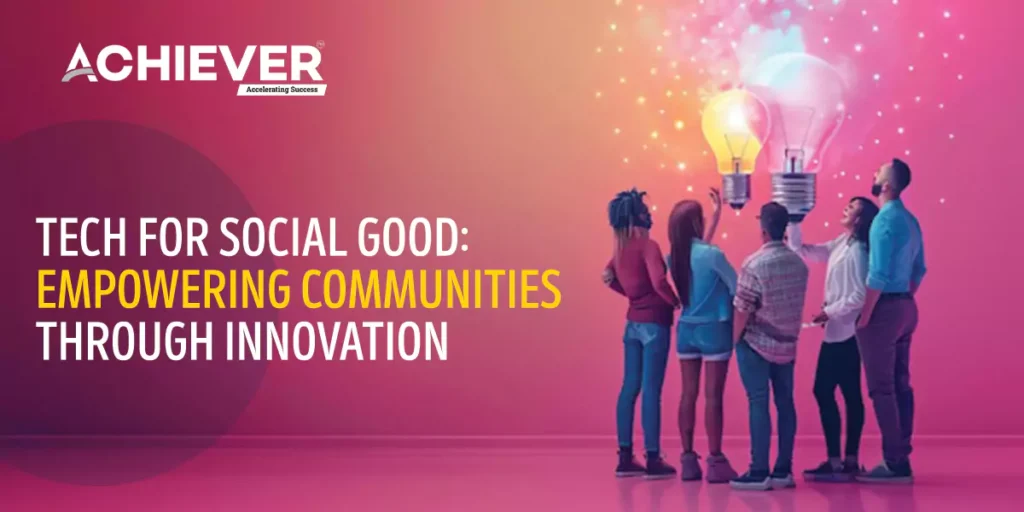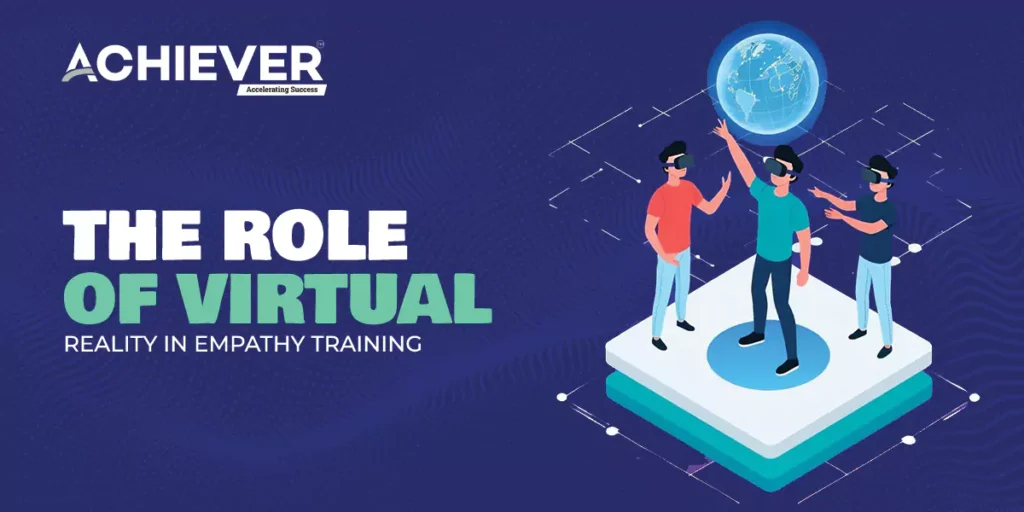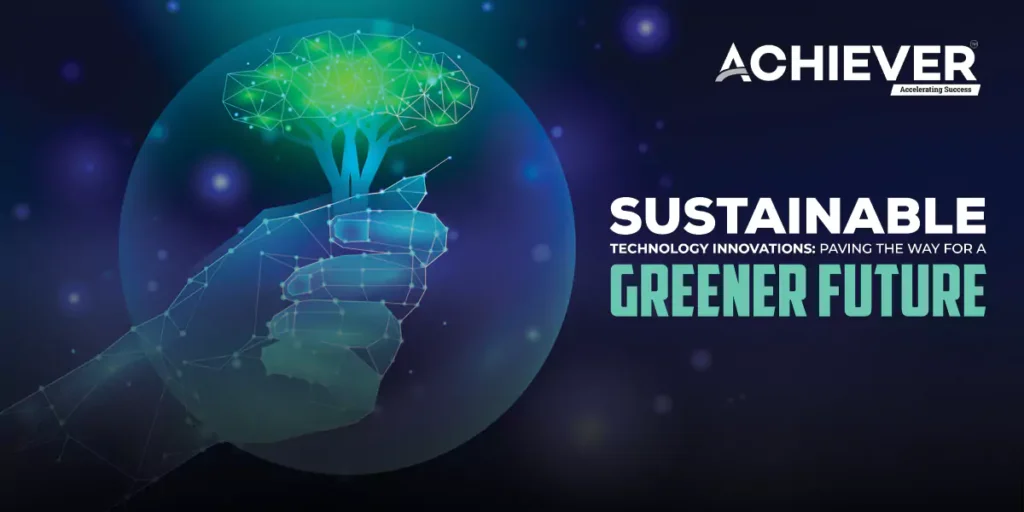In an era defined by rapid technological advancement, the potential of technology to drive social change has never been more apparent. Tech for Social Good refers to the use of technology to address pressing social issues, improve lives, and empower communities. From mobile apps that promote mental health awareness to platforms that connect volunteers with those in need, technology is transforming how we tackle societal challenges. This article explores various initiatives and innovations that exemplify how technology can be harnessed for positive social impact.
- Bridging the Digital Divide
One of the most significant challenges in the realm of social good is the digital divide—the gap between those who have access to digital technologies and those who do not. Organizations like TechSoup are addressing this issue by providing nonprofits with affordable access to software and hardware. By equipping these organizations with the necessary tools, TechSoup helps them operate more efficiently and expand their outreach efforts.
Similarly, initiatives such as Google’s Project Loon aim to provide internet access to remote areas through high-altitude balloons. By ensuring that more people have access to the internet, these initiatives foster inclusion, enabling individuals to access vital information, educational resources, and economic opportunities.
- Mental Health and Wellbeing Apps
Mental health is an area where technology has made significant strides. The rise of mental health apps like Headspace and Calm has democratized access to mental health resources. These platforms offer guided meditation, mindfulness exercises, and stress-relief techniques, making mental wellness more accessible to individuals worldwide.
Moreover, Crisis Text Line is a shining example of tech for social good in the mental health arena. This free, 24/7 text line provides immediate support for those in crisis, connecting users with trained crisis counselors via text. By leveraging technology, Crisis Text Line removes barriers to access, providing help at the moment it is needed most.
- Crowdsourcing Solutions to Global Challenges
Crowdsourcing platforms have emerged as powerful tools for social change, allowing individuals to collaborate on solutions to global challenges. For instance, Change.org enables users to create and sign petitions on issues they care about, amplifying voices that may otherwise go unheard. This platform empowers citizens to advocate for change, whether it be local policy reform or global humanitarian efforts.
Another notable example is Kiva, a microfinance platform that connects lenders with entrepreneurs in developing countries. By providing small loans to individuals who lack access to traditional banking systems, Kiva helps foster entrepreneurship and economic growth, enabling borrowers to improve their livelihoods and invest in their communities.
- Technology in Disaster Relief
In times of crisis, technology plays a crucial role in disaster relief efforts. Platforms like Team Rubicon leverage the skills of military veterans to provide disaster response services, utilizing technology to coordinate volunteers and resources effectively. Their mobile app allows users to receive real-time updates about disaster zones and volunteer opportunities, ensuring that aid reaches those who need it most.
Moreover, organizations like Ushahidi have developed open-source software that enables users to map crisis information, such as reports of violence or natural disasters, in real time. This technology enhances situational awareness and facilitates a more efficient response from humanitarian organizations.
- Environmental Conservation and Awareness
Environmental issues are at the forefront of global concerns, and technology is being harnessed to promote conservation and awareness. For example, Ocean Conservancy has developed the Trash Free Seas app, which empowers users to report trash in oceans and waterways, helping to identify pollution hotspots. By engaging citizens in conservation efforts, this app fosters a sense of responsibility and community engagement.
Similarly, initiatives like Earth Rangers utilize technology to educate children about environmental conservation and empower them to take action. Through gamification, children can participate in conservation projects, track their progress, and earn rewards, creating a sense of ownership and responsibility for the planet.
- The Power of Social Media
Social media platforms have revolutionized how individuals and organizations connect and communicate. Campaigns such as MeToo and BlackLivesMatter have leveraged social media to raise awareness and mobilize support for critical social issues. These movements demonstrate the power of technology to amplify voices, foster community, and drive social change.
Additionally, platforms like Facebook have introduced features to support fundraising for nonprofit organizations, enabling users to donate to causes they care about directly. This integration of social media and philanthropy has made giving more accessible and engaging, encouraging individuals to contribute to social good.
Conclusion
As we navigate an increasingly interconnected world, the potential for technology to create positive social change continues to expand. From bridging the digital divide to providing mental health support and empowering communities through crowdfunding, tech for social good embodies the spirit of innovation and compassion. By harnessing the power of technology, we can work together to address society’s most pressing challenges and build a brighter future for all.
In a landscape where every individual has the potential to contribute, tech for social good serves as a reminder that innovation, when directed with empathy and purpose, can change lives and uplift communities. As we look ahead, the possibilities are endless, and the call to action is clear: let us leverage technology to create a better, more equitable world.







